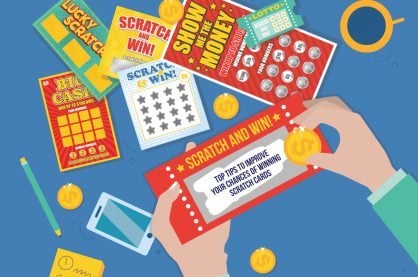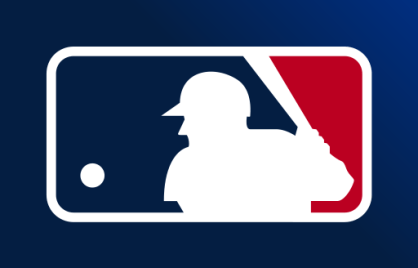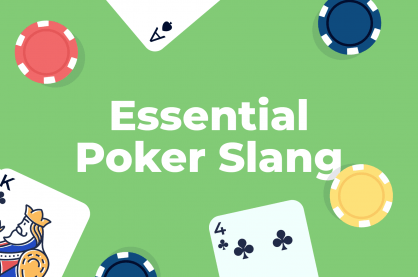Blackjack Hands and Optimal Gameplay
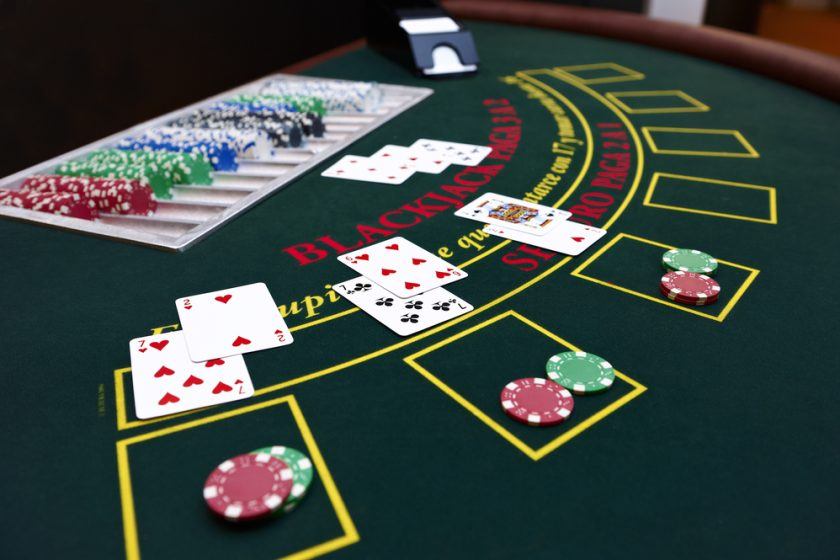
Blackjack Hands: What You Need to Know
- Hand Value: Understand the value of different blackjack hands and how to calculate their total score based on card values.
- Basic Strategy: Learn the fundamental principles of optimal blackjack gameplay, including when to hit, stand, double down, or split pairs.
- Soft Hands vs. Hard Hands: Differentiate between soft blackjack hands (with an Ace valued at 11) and blackjack hard hands, adjusting your strategy accordingly.
- Card Counting: Explore basic card counting strategies to gain an edge over the casino and improve your decision-making at the table.
- Insurance and Side Bets: Understand the implications of taking insurance bets and side bets in blackjack, considering their impact on overall gameplay and profitability.
You’ve played the game, you understand the value of the cards in the deck, and you know the basic rules. And, if you’re like most of us, you prefer winning to losing when you play Blackjack.
But whether you’re playing online Blackjack in the solitude of your home, or sitting at a felt-covered table in a noisy casino, winning Blackjack means preparation.
In this article, we’ll get you on your way to preparing for your next Blackjack game. We’ll look at the basic philosophy of playing the game and review the most important rules. And along the way we’ll look at most of the key Blackjack hands trip up even veteran gamblers.
After all, it’s easy to know what to do when you’re dealt King-Nine, but how about Ace-Six? What are you going to do with a pair of Deuces against a Dealer Six?
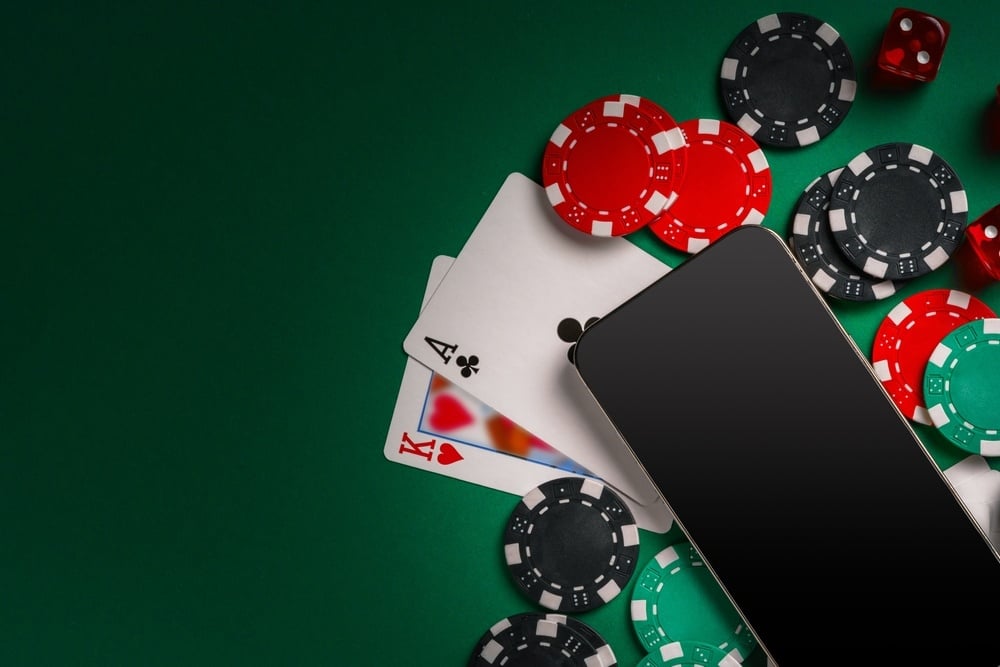
Image credit: FabrikaSimf/Shutterstock
Learning From the Blackjack Pros
Blackjack pro Kevin Blackwood and I wrote about how mastery of the game means intimate knowledge of high-leverage hands in our book Casino Gambling for Dummies. That combined wisdom is convinced in the paragraphs below to minimize those moments where you look down at your cards and wonder what you should do next.
So get ready to explore optimal blackjack gameplay for the most important hands in Blackjack; the good, the bad, the ugly, and everything in between.
Aside: Think you’ve got nothing left to learn about the game? Maybe so, but it never hurts to compare notes. Check your strategy against what’s written below. You might gain some unexpected insight into the game. And if you still think I’ve got it wrong? Let me know!
Factors in Winning Blackjack
Blackjack strategy cheat sheets and pocket-sized strategy cards are available online and in casino giftshops, and they act as a guide for every possible hand or combination of cards. While they’re certainly helpful at any point in your learning journey (and welcome at tables, by the way) they can also be a crutch.
Gaining a deep understanding of why you want to hit, stand, double, or sets you up to take your game to the next level and prepares you for more advanced concepts.
Best to start with getting an intuitive feel for the most important Blackjack hands, the larger patterns of the game, and how the choice you make revolve around the special card values in a Blackjack deck, as well as the special rules of gameplay for Player and Dealer.
The Blackjack Deck
Blackjack is played with standard playing cards. Casinos – online or in-person – commonly offer single-deck games up to games with as many as six or eight decks combined into a single stack (known as the shoe which is the name of the device where the yet-to-be-dealt cards are housed).
Dealers (whether human or software-based) won’t play out the entire shoe of cards; they’re instructed to re-shuffle once they’ve reached a certain depth into the shoe (usually ½ to ¾).
Aside: The number of decks in a Blackjack game doesn’t affect most players unless they are counting cards, in which case, fewer decks is better. Counting cards is an advanced technique you might investigate once you’ve mastered all the elements of basic Blackjack strategy.
As a preview: certain cards are more advantageous to the Player or the Dealer. If the Player tracks which cards have been played and can estimate the composition of the cards remaining in the shoe, they can adjust their gameplay and bet-sizing gain a small edge over the house.
Double Secret Aside
Casinos have a strange relationship with card counting; if you’re suspected of profiting by way of counting cards at a Blackjack table, you haven’t broken any laws, but the casino is within their rights to stop accepting your action. They can also ban you entirely from the property (or online app). But here’s where it gets weird.
Casinos know that card counting lures players to Blackjack tables. They also know there are many more gamblers who think they can count cards effectively than there are gamblers who are actually good at it! So while good counters might get banned, evidence is that casinos love bad card counters; why else would they constantly promote single-deck and double-deck Blackjack games?
Blackjack Hand Card Values
In a Blackjack deck, every card has a specific value (or values in the case of the Ace).
- Numbered cards Deuce through Ten are worth their face value. A Deuce is worth 2 points, a Three is worth 3 points and so on. That’s easy enough to remember.
- Face cards (Jack, Queen, King) are each worth 10 points.
- The four Aces are worth either 1 or 11, whichever value is more advantageous to the Player’s hand. After the initial deal (or whenever the composition of your hand changes after taking a hit, doubling, or splitting) you can decide whether it’s better for you to make your Ace worth 1 or 11. Don’t worry, it’s almost always obvious.
Aside: Do the math, and you’ll notice there are lots of 10-valued cards in any Blackjack deck. Out of 52 cards, 16 of them (Tens, Jacks, Queens, and Kings) count as 10. If you’re rusty on fractions that’s about 30% of the deck. And it doesn’t matter how many decks you’re playing with, that fraction stays the same.
Much of Blackjack basic strategy (but not all of it!) is built around the preponderance of 10-cards in the deck, and the high likelihood that unseen cards are in this category.
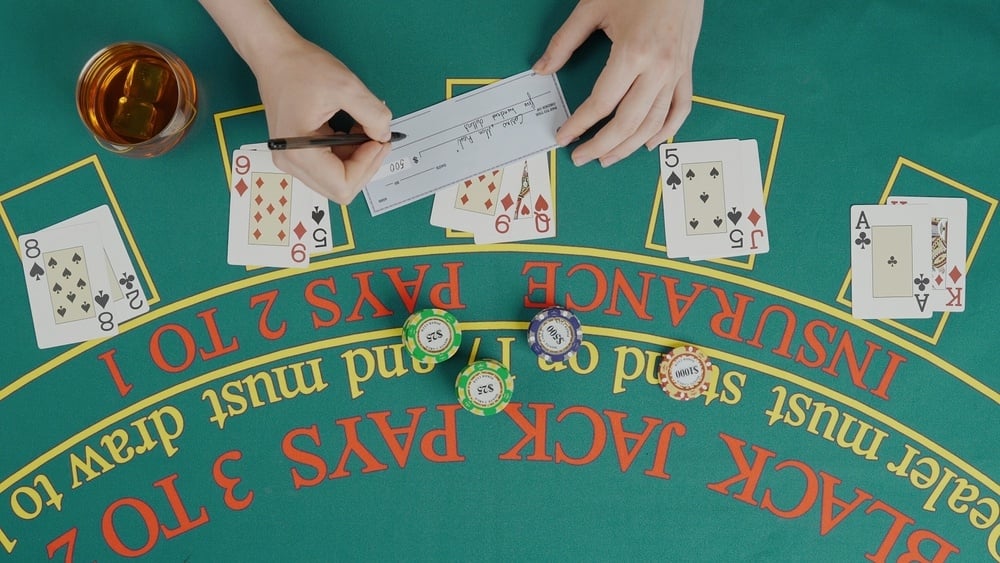
Image credit: KinoMasterskaya/Shutterstock
Blackjack Terms and What They Mean
Commonly used terms in Blackjack include:
- Hard: A description of any hand that does not include an Ace valued at 11. For example a King-Four is known as a Hard 15.
- House Rules: Subtle variations in Blackjack game rules which have an impact on the casino’s mathematical advantage over Players also known as house edge. Common house rules include payout amount on a Natural (a 21 on two cards), the number of decks in the game, which hands a Player may double-down on, and whether a Dealer must hit or stand on Soft 17.
- Hit: Adding an additional card to a hand.
- Hole Card: The Dealer’s hand consists of one card face-up (the up card) and one face down (the hole card) that only gets revealed in the last phase of the game.
- Made Hand: A hand where the Player or Dealer would normally stand – usually valued at 17 to 21.
- Natural: a 21 on the first two dealt cards. This hand is paid out at odds defined by house rules; traditionally 3 to 2, but in some big casinos it’s only 6 to 5.
- Push: A tie where Dealer and Player have the same hand value. In a push, the Player’s bet is returned.
- Showdown: The last phase of the Blackjack game where the Dealer reveals their hole card and plays out their hand until it’s made or busts. Players who make it to the showdown must have a superior hand to the Dealer in order to win their bet.
- Soft: a way of describing any hand that includes an Ace valued at 11. For example a Queen-Deuce is known as a Soft 13.
- Stand: End your turn and take your current hand to the showdown.
Game Sequence:
Whether you’re online or in a casino, Blackjack always play out in the following familiar sequence:
- Players place their wager.
- The Dealer deals two cards to each to Players and themselves, turning up one of their cards for the Players to see.
- Before play begins, the Dealer pays off Natural 21’s and checks for their own Natural.
- Each Player acts in turn to play out their hand until it busts (goes over 21) or until that Player stands. If the hand busts, the Dealer rakes the bet immediately.
- The Dealer reveals the hole card and plays out their own hand according to house rules.
Blackjack Gameplay Advantages and Disadvantages
Blackjack is appealing because of its low house edge, and because Players have certain advantages. First Players can decide how much to wager of course, in some cases they can double their wager, and they can always walk away from the game at any time they wish.
Players also have partial knowledge of the Dealer’s hand because the up card is visible to all. Armed with that knowledge they have some flexibility in how they play out their hand whereas Dealers have no flexibility in gameplay; they must play out their own hand according to house rules.
That means even if all the Players have 15’s, the Dealer can’t just stand once their hand hits 16.
But the Dealer has advantages too. The big one is that the Dealer plays last. And while hands of equal value at the showdown result in a push, that’s not the case where both Player and Dealer bust. When the Player busts, the wager gets raked immediately, and what happens to the Dealer’s hand after that is of no help.
Playing optimal strategy on each hand in a game with typical house rules results in a house advantage of between 1 to 2%.
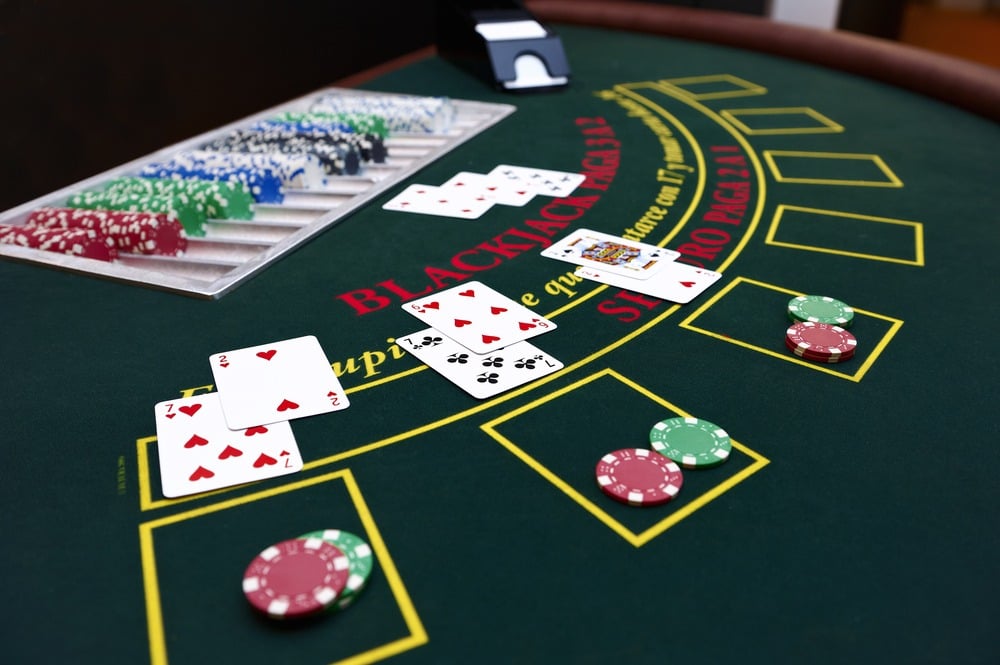
Image credit: Leszek Glasner/Shutterstock
Blackjack Strategy by Hand Categories
When the deal is complete and the Dealer has completed their check for naturals, the Player hand can be broken into three basic categories:
- Action Hand: if your hand is valued 2 through 11, you will always add a card, by way of hitting, doubling, or splitting. Adding a card with such a low hand value comes with no risk of busting.
- Bust Hand: Hands valued 12 through 16 are the worst, because they’re guaranteed to lose in a showdown, and you also can’t attempt to improve them without risk of busting. Gameplay all depends on the Dealer’s up card. all depends on the Dealer’s up card. If the Dealer shows a made hand, you must hit. However, if the Dealer shows a bust card (Deuce through Six) you should stand pat and hope the Dealer busts.
- Made Hand: these are hands valued 17 or higher. Sure you could improve your hand, but with so little headroom, it’s better just to stand, regardless of what the Dealer shows.
How Soft Hands Change Basic Blackjack Strategy
If you have a hand with an Ace, there are some minor mathematical adjustments to consider:
- Ace plus Deuce, Three, Four, or Five: Treat your Ace like it’s worth 1 and call it an action hand; add one or more cards and try and improve it.
- Ace plus Six: Soft 17 is an action hand even thought it doesn’t look like it. The math is counterintuitive to beginners because you’re taught to stand on Hard 17. The dark secret of 17 is that it’s actually a weak hand; you only stand on Hard 17 because it’s too risky to do otherwise. It’s always better to try and improve a Soft 17.
- Ace plus Seven, Eight, Nine: even though you could take a hit risk-free, why bother? You’re in good shape to face the Dealer in a showdown if necessary.
Special Considerations: Doubling Down in Blackjack
Under certain circumstances you can double your bet after the deal and take a single hit. This is one situation where you always assume 10-cards are lurking; assume you’ll get dealt a 10-card and assume the Dealer’s hole card is worth 10 as well.
Here’s what to do for the following hand values:
- 11: double down unless the Dealer shows an Ace
- 10: double down unless the Dealer shows a 10-card or Ace.
- 9: double down if the Dealer shows a bust card (3,4,5,or 6)
The purpose of doubling down sometimes confuses beginners. In some cases you’re set up to get a great hand, but in many circumstances you’re simply trying to get more money on the table because the Dealer is likely to bust. If it’s allowed, you should also double down on these hands:
- Soft 13 or 14: double down if the dealer shows a 5 or 6.
- Soft 15 or 16: double down if the dealer shows 4,5, or 6.
- Soft 17: double down if the dealer shows 3,4,5, or 6.
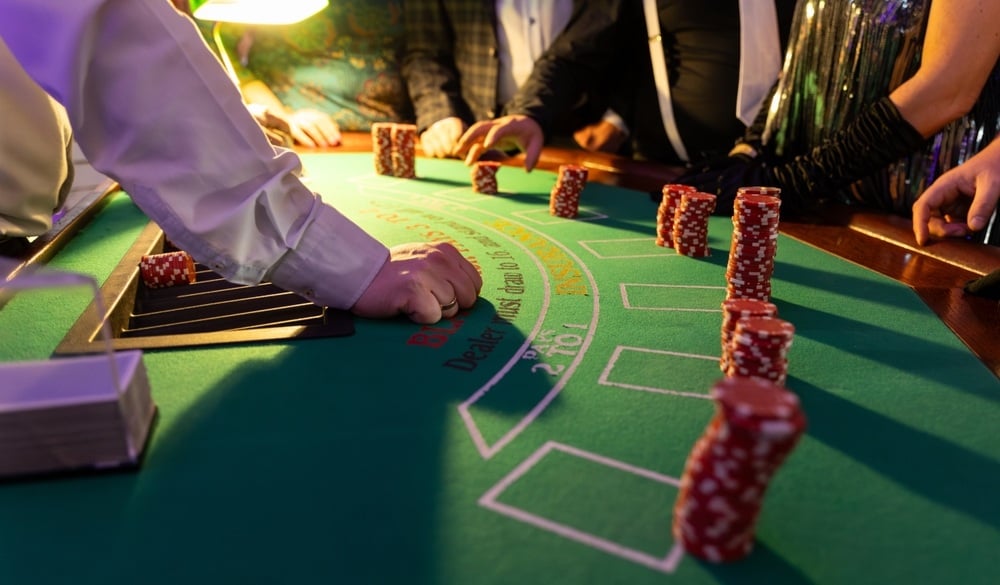
Image credit: Leszek Glasner/Shutterstock
Special Considerations: Splitting in Blackjack
Blackjack rules give you the right to make a special move called a split anytime you are dealt an initial pair of cards, that is: two cards of the same rank. Splitting means doubling your initial wager.
Each of your paired cards now acts as the jumping off point for a new Blackjack hand, which you’ll play out to its conclusion by hitting, standing, doubling, or in some cases, even splitting again.
Here are the specific hands where you’ll want to keep splitting in mind:
- Pair of Eights: We know that 16 is one of the worst hands, so break those Eights up! The only move here is to split and hope to create two hands of 18. Always split Eights, no matter what the dealer has.
- Pair of Aces: They may look pretty side by side, but Ace-Ace isn’t much of a hand. But splitting Aces gives you a good chance of hitting a 21 due to the preponderance of 10-cards in the deck. In fact, there’s a 64% chance that one of your two Aces will draw a 10-card.
Aside: Blackjack house rules usually restrict Ace splitting; you’re limited to a single hit on each Ace, and you won’t be allowed to re-split Aces.
- Deuces, Threes, and Sevens: split if the Dealer shows Deuce through Seven.
- Sixes: split if the Dealer shows Deuce through Six
- Fours: split if the Dealer shows the worst bust cards (Five or Six). This is an example of adding to your wager not because you expect to land a great hand, but simply because the Dealer’s bust prospects are very good.
Blackjack Hands Resources
Here are some resources to help you improve your Blackjack gameplay:
- Strategy Calculators: Online calculators are great for checking out specific situations, and they’ll also give you insight into whether the house rules at your casino of choice work to your advantage or disadvantage.
- Practice Software: Practicing with a zero-stakes free Blackjack game is a great way to improve your skills.
- Optimal Play Cards: Use handy pocket cards to show a grid of optimal play for each hand a scenario in Blackjack.
Blackjack Hands FAQ
Here are some common questions about Blackjack strategy:
Q: What’s the simplest approach to splitting?
A: Always split Eights! Split Aces unless the Dealer has an Ace!
Q: What is the surrender rule?
A: The blackjack surrender rule allows you to forfeit half your bet when the Dealer shows an Ace. It’s never a good idea.
Q: What is the best betting system for Blackjack?
A: When the house has a mathematical advantage, it’s impossible to beat it in the long term with a bet sizing system. Divide your bankroll into units that let you play comfortably and have fun.
By following the blackjack tips and strategies outlined in this article, you can improve your Blackjack gameplay and increase your chances of winning. Remember to always bet responsibly, and don’t be afraid to try new techniques and approaches.
Happy gaming!
Title Image credit: KinoMasterskaya/Shutterstock
